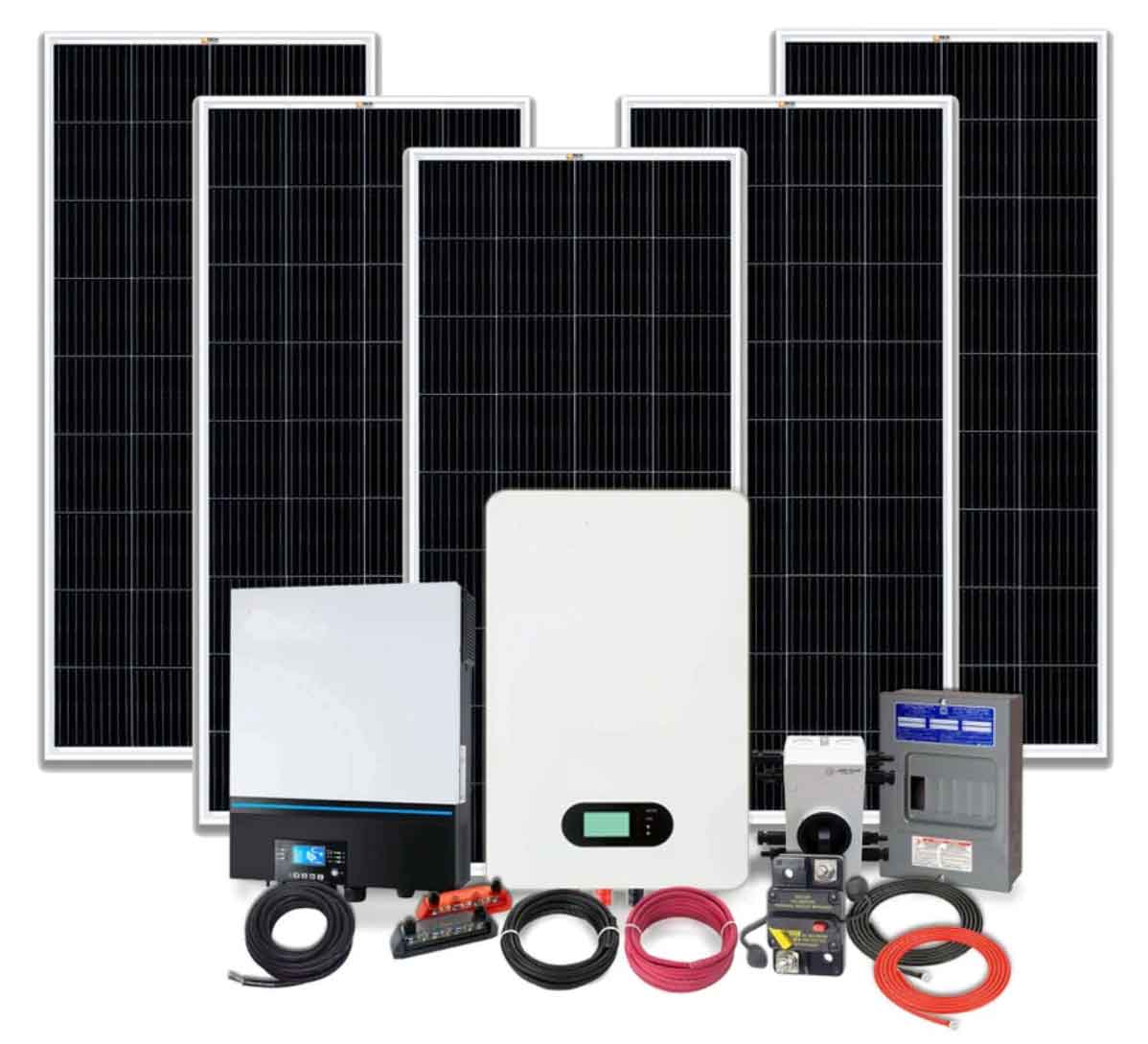That’s a great topic to delve into! Solar power is becoming increasingly popular and accessible, and understanding the basics can really help in making informed decisions. Let’s break down the key components and considerations for a beginner interested in solar panel kits.

1. Understanding Solar Panels
- Function: Solar panels convert sunlight into electricity. They are made up of photovoltaic (PV) cells, which are responsible for this conversion.
- Types: The most common types are monocrystalline, polycrystalline, and thin-film. Each type has its own efficiency and cost implications.
2. Solar Panel Kits
- Components: A typical kit includes solar panels, an inverter, mounting hardware, and sometimes a battery for storage.
- Inverter: This device converts the DC electricity generated by the panels into AC electricity, which is what your home uses.
- Battery Storage (Optional): Batteries store excess energy for use when the sun isn’t shining.
3. Efficiency and Placement
- Efficiency: It varies by panel type. Monocrystalline panels are generally more efficient but also more expensive.
- Placement: Panels should be placed where they can receive maximum sunlight – usually, this is on the roof facing south, east, or west in the Northern Hemisphere.
4. System Size and Energy Needs
- Assessment: Determine your energy needs by looking at your electricity bill to decide the size of the solar system required.
- Sizing: Solar panel kits come in various sizes, typically measured in watts or kilowatts.
5. Installation and Maintenance
- Installation: Can be DIY or professionally done. DIY installation can save costs but requires technical knowledge.
- Maintenance: Solar panels require minimal maintenance, mainly keeping them clean and free of debris.
6. Costs and Incentives
- Initial Costs: Includes the cost of the kit and installation. Prices have been falling but can still be significant.
- Incentives: Many regions offer tax credits, rebates, or other incentives for installing solar panels.
7. Return on Investment
- Savings: Reducing or eliminating electricity bills over time.
- Payback Period: The time it takes to recoup the initial investment through savings. Varies based on energy costs and incentives.
8. Environmental Impact
- Renewable Energy: Solar panels contribute to reducing carbon footprint by using renewable energy.
- Sustainability: They offer a sustainable and clean energy source, with most panels having a lifespan of 25-30 years.
9. Choosing the Right Kit
- Research: Look for reputable brands and reviews.
- Warranty: Pay attention to the warranty period for the panels and inverter.
10. Regulations and Permissions
- Local Regulations: Check for any local regulations or requirements for solar panel installation.
- Grid Connection: If connecting to the grid, understand the process and requirements.
Remember, solar energy is a long-term investment. While the upfront costs may be high, the long-term benefits, both financially and environmentally, are substantial. As you explore solar panel kits, consider your specific needs, location, and budget to make the best choice for your situation.
Pages: 1 2
